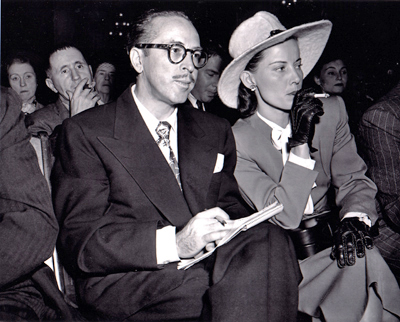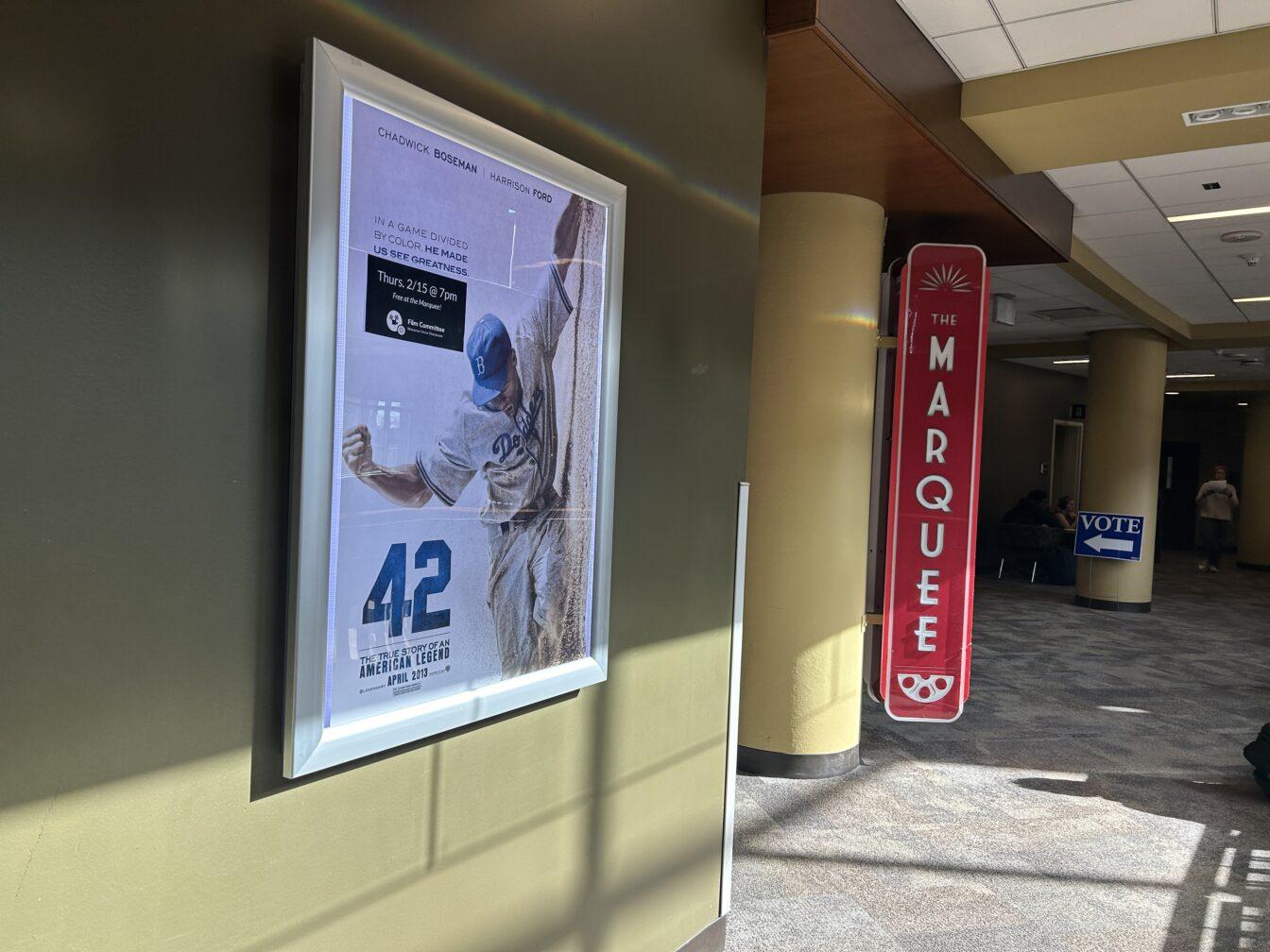Before botched botox operations and leaked nude photos, Hollywood scandals had a darker and more intimidating undertone.
During the 1950s, Red Scare paranoia shook the U.S. Even America’s most flashy and elite were not exempt from the reverberations. In a town known for pushing cinematic boundaries, Hollywood came under the restrictions of the “blacklist” in 1947, when the House Un-American Activities Committee (HUAC) began questioning certain entertainment professionals on the suspicion their work had communist undertones.
WUD Film branch Starlight screens experimental, classic movies for curious campus-dwellers
The “Hollywood 10,” a list of screenwriters who were forced to give the names of alleged communist sympathizers, were considered the most elite on the blacklist and were banned from working in Hollywood for their refusal to cooperate with HUAC.
The recently released film “Trumbo” tells the story of Dalton Trumbo, a Hollywood 10 screenwriter who continued to operate under the pseudonym Robert Rich, and his confrontation with HUAC.

Cinephiles in the Madison area may be especially interested in seeing the film because the Wisconsin Center for Theater Research at the University of Wisconsin acquired 45 boxes of Dalton Trumbo’s material, including screenplays, drafts, personal letters and photographs. UW obtained the materials in 1961 after writing and requesting them from Trumbo himself. The center’s online exhibit of the materials went live on Nov. 11, in conjunction with the film’s release.
The center is one of the most heavily stocked media archives in the nation, housing materials Hollywood studios, private collections and television networks have donated.
Cinematheque 2015: 35mm classics to contemporary iPhone drama
Jeff Smith, director of the WCFTR, said the unique collections at the center have been important for the ongoing work of current faculty members and graduate students because they can provide an insider’s perspective of a screenwriter’s or director’s career and how they developed and marketed their projects.
“It is not an exaggeration to say the careful preservation of documents and of the primary elements of a film have helped several new titles find new life,” Smith said.
While WCTR boasts an impressive collection, Smith said he hopes the release of the film “Trumbo” will help drive public interest in both the Trumbo collection and center’s activities.
In Smith’s opinion, “Trumbo” is the best fiction film that Hollywood has produced about the blacklist. He said the new film highlights several of the causes for the blacklist, such as labor activism in Hollywood and anti-Semitism in Congress, that prior films skim over.
“The film captures Trumbo’s role in undermining the logic by which the institution of it was perpetuated,” Smith said. “Trumbo’s success on the black market eventually publicized the fact that the blacklist hadn’t really worked.”














